-
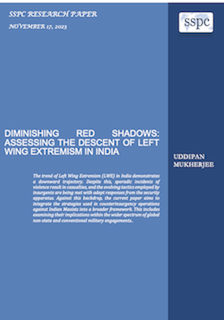
The trend of Left Wing Extremism (LWE) in India demonstrates a downward trajectory. Despite this, sporadic incidents of violence result in casualties, and the evolving tactics employed by insurgents are being met with adept responses from the security apparatus. Against this backdrop, the current paper aims to integrate the strategies used in counterinsurgency operations against Indian Maoists into a broader framework. This includes examining their implications within the wider spectrum of global non-state and conventional military engagements.
-
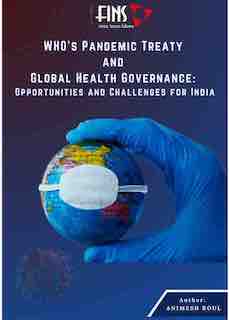
ABSTRACT: This policy paper offers an in-depth study of the ongoing negotiations for the Pandemic Treaty. The treaty has been proposed as a strategic response to manage global health crises in the post-COVID-19 era and is being developed under the World Health Organization's (WHO) purview. The paper is segmented into five parts: Part I recounts the inception and evolution of the Pandemic Treaty negotiations within the WHO's framework. It summarises the proposed treaty's objectives and major provisions currently under negotiation.
-

ABSTRACT: The Coronavirus pandemic has exposed myriad vulnerabilities of the modern world, severely questioning the so-called human progress in the sphere of scientific innovations and advances in the global health care system. It has also exposed the socio-religious divide and defiance within communities and lack of collective responsibilities in the face of this Covid-19 challenge.
-
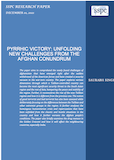
The paper aims to comprehend the newly found challenges of Afghanistan that have emerged right after the sudden withdrawal of the American forces and have created a security vacuum in the war-torn country. The paper explores various dimensions through which a Taliban-controlled country can become the most significant security threat to the South Asian region and the rest of Asia, hampering the peace and stability of the region. Further, it reconnoitres the rise of the new Taliban regime and how it is different from the previous one.
-
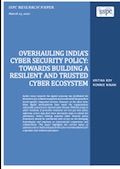
India's move towards the digital economy has facilitated the formation of a cohesive ecosystem and accelerated the growth in sector-specific integrated services. However, at the same time, these digital developments have made the organisations vulnerable and prone to myriad cyber threats. With the surge in cyber incidents, if proactive measures are not put into place, nefarious actors may find more innovative ways to attack the cyberspace.
-
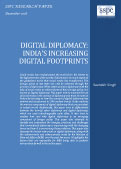
Social media has revolutionized the world from the lowest to the highest strata of the society. Diplomacy is one such aspect of the globalized world that social media has transformed. The foreign policy of any state can only be achieved through the practice of diplomacy. When states practice diplomacy with the help of social media to achieve facets of their foreign policy, it is known as Digital diplomacy.
-
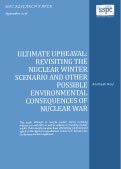
This paper attempts to compile nuclear events, including weapon use and tests as well as debates surrounding nuclear winter. It also briefly discusses these devastating environmental effects in the light of a hypothetical nuclear war between two South Asian nuclear neighbours.
-

Infectious disease and related health concerns have rarely found a place in the national security discourse in the past. Of late, the issue has assumed prominence and managed to enter into the national security debate. Disease spread poses a threat to human security and national security.
-
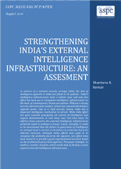
In absence of a national security strategy (NSS), the task of intelligence agencies in India has failed to be systemic. India’s intelligence infrastructure lacks a holistic view and very less effort has been put to reorganize intelligence infrastructure on the basis of contemporary threat perceptions. Without a strong security infrastructure country cannot eye towards becoming a regional power. Due to a rigid security system, India has a disparate intelligence mechanism in service. While little effort has gone towards synergizing all sources of intelligence and request dissemination in real time/ near real time basis. This paper attempts to outline a number of points, which would help to develop a more superior external intelligence infrastructure.
-
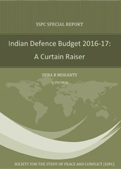
- Defence budget cannot be stretched beyond a point, which means Defence Minister Manohar Parrikar has a tough choice for resources deployment.
- Reducing revenue expenses and more spending for capital purchases pose the biggest challenge for Indian MoD
- National defence budget is all about ‘revenue’ side of armed forces and their ‘capital’ requirements. But, is India spending adequately on defence R&D?
- National Defence Budget must be reasonably used to get maximum value for the state and its preparedness.
Paxton ported to drupal by DropThemes.in